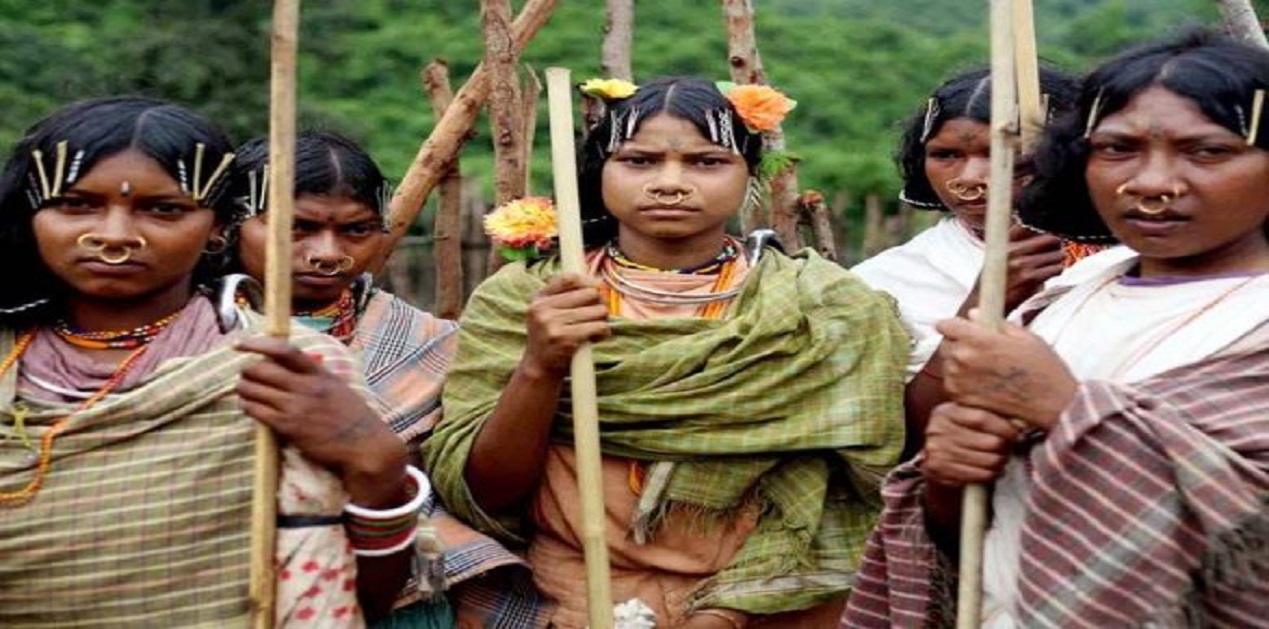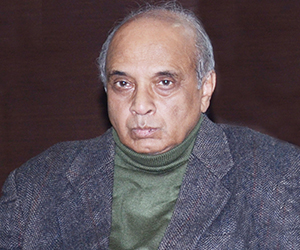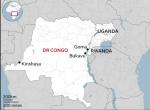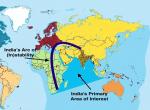S. Gurumurthy’s recent thoughts on the issue have redirected our attention to an age-old problem related to Indian history and civilization. The purpose of the present brief note is to define the problem in terms of some salient features of the research already done on it.
There have been researches on whatever is known of the people of the forests and hills on the basis of the various textual sources. The relevant publications provide a good starting point of the problem. Eventually, what is important is an assessment of the position these people have in the Indian caste hierarchy. This assessment is possible only on the basis of a close analysis of our ritual texts from this point of view. One is not sure if such assessment has yet been done with the kind of thoroughness which is required to examine this issue. Pending this kind of thorough research, sundry observations have been made by miscellaneous scholars on people living at the margins of the Hindu caste society. Let us see what some of these observations are and the extent to which they are rooted in the historical reality.
Right from the very beginning of Western historical interest in India scholars have explained the presence of Indian tribal groups living in the forests and hills of the country by claiming that they stood for the real indigenous people of the land and that they had been pushed to the forests and hills by the pressure of various immigrant people coming from outside the country and occupying the plains. Once the idea of the Aryan invading groups became a dominant hypothesis, this idea of the indigenous people being pushed into remote areas by invading Aryan groups acquired the status of almost a historical truth. In Indian archaeological literature this assumed a somewhat different but related form.
Some influential Indian archaeologists divided the country into a number of self-revelatory divisions: ‘areas of attraction’, ‘areas of relative isolation’ and ‘areas of isolation. It can be pointed out in criticism that such attempts to attach different categories of importance/unimportance to various parts of the country ignore the simple fact that an area which may not be agriculturally rich and thus may not be an area of attraction, may have other important elements in their favour such as major non-agricultural resources (important mineral and forest resources, for instance) or important position on some major trade routes.
From the archaeological point of view I selected for my survey the Chhotanagpur plateau which is a richly forested and hilly area full of various indigenous people living at the level of various subsistence techniques from hunting-gathering to the collection of metallic ores and metal-smelting. The plateau comprises most of Jharkhand and the extensions of the plateau in West Bengal and Odisha. The ethnography of the region has long interested scholars beginning with E D. Dalton in the 19th century. Apart from outlining the principal features of archaeology in different parts of the plateau, the present author’s report on the region established it as an important and integral part of the historical development in eastern India because of its major resource-bearing potential. At no point of its history was the plateau isolated from the developments in the adjacent plains. In fact I could argue with some logic that one of the earliest trade routes of historical India which spanned the area from Rajagriha to Paithan or Pratisthan on the Godavari carried raw materials sourced from this plateau. Further, there is evidence that the plateau region interacted with many important political phases of the adjoining Ganga plains and there is absolutely no reason to relegate this to a position of isolation in Indian archaeology and history.
What is important, however, and gave some distinct feature to such areas is that the pace of social transformation in them was relatively slow. In the Chhotanagpur plateau, for instance, the local process of state formation continued to the 18th/19th century. An anthropologist argued this on the basis of the formation of Ichhagarh state of Singhbhum in Jharkhand. A Gandhian anthropologist of repute, Nirmal Kumar Basu, explained how Hindu society devised a process of incorporating tribal society into its fold. For instance, the tribal group which specialised in basket-making and survived by exchanging the baskets with the peasant producers was eventually given the status of a caste in the Hindu fold and thus became a part of that society. The process has gone on for centuries and thus Hindu society became one of accommodating diverse productive elements within a single, overarching non-competitive system where everybody was assured a place in the social mechanism. It is this ‘Hindu method of tribal absorption’ which, according to Basu, has helped survive it through all challenges.
(The paper is the author’s individual scholastic articulation. The author certifies that the article/paper is original in content, unpublished and it has not been submitted for publication/web upload elsewhere, and that the facts and figures quoted are duly referenced, as needed, and are believed to be correct). (The paper does not necessarily represent the organisational stance... More >>
Image Source: https://ihplb.b-cdn.net/wp-content/uploads/2018/09/news-e1618375706586.jpg











Post new comment